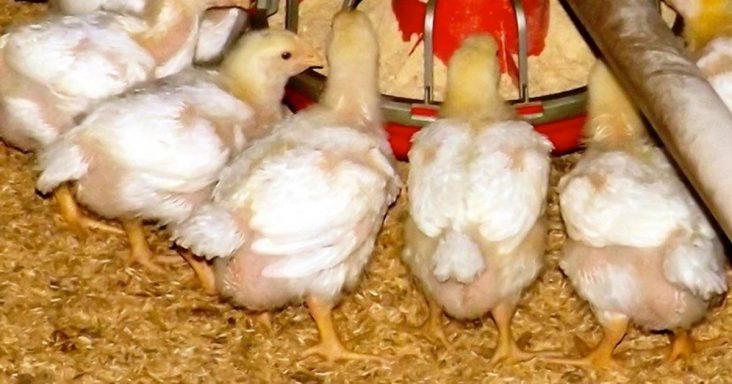Arkansas ag sector rebounding from COVID-19 pandemic
by August 29, 2023 12:35 pm 636 views

Data collected since the end of the COVID-19 pandemic suggests Arkansas’ largest economic sector, agriculture, has rebounded from its impacts. Jobs, cash farm receipts, farm implement purchases and other metrics have shown steady and at times explosive growth when compared to 2020.
The 2023 edition of the Arkansas Agriculture Profile profiles the ag sector from 2021, the year after the pandemic started. Total farmland value in the state is nearing $50 billion, according to the profile.
Arkansas ranked 14th in the country with $10.4 billion in total agriculture cash receipts. Broilers were the top sub-sector for the state at $6.255 billion in value, while soybeans had a value of $2.3 billion, the profile noted. Rice was third in value with $1.3 billion.
Jennie Popp, an agricultural economist and associate dean of the Honors College at the University of Arkansas, and Leah English, program assistant in agricultural economics and agribusiness, produce the annual overview of Arkansas’ agricultural industry. The two have appointments within the University of Arkansas System Division of Agriculture, which publishes the profile.
“As seen in previous years, broilers, soybeans and rice were the highest-value ag commodities in the state,” Popp said. “Arkansas continues to rank as one of the nation’s top three exporters of rice, broilers and cotton. In 2022, soybeans, cotton and cottonseed were at a five-year high for annual production.”
In 2021, Arkansas’ total cash farm receipt value increased by 21%, English said.
“While 2020 saw a drop in cash receipt value for Arkansas’ livestock producers, the sector rebounded in 2021 with values rising higher than pre-pandemic levels for cattle and calves, hogs, broilers, chicken eggs and turkeys,” she said. “This rise was accompanied by a 21% increase in cash receipts for feed crops. Food grains, cotton and oil crop values also rose in 2021.”
Arkansas’ agriculture sector saw increases in direct jobs and value-added activities in 2021, the authors said.
“Much of the job increase can be attributed to the ag production sector which grew 9.7% from 53,516 jobs in 2020 to 58,728 jobs in 2021,” Popp said. “Ag processing jobs also rose slightly, 0.2% from 80,228 in 2020 to 80,357 in 2021.
Direct value-added contributions grew 13.6% from $10.3 billion in 2020 to $11.7 billion in 2021. The purchase of materials and services by ag producers from other Arkansas businesses rose by 5.5% from $5.3 billion in 2020 to $5.6 billion in 2021.
“Much of this increase was attributed to purchases made from Arkansas wholesalers supplying inputs to ag producers and processors,” Popp said.
Induced contributions, which are comprised of employee spending on restaurants, groceries and other items, within the state, appear lower in 2021 than those reported for 2020.
English said the drop is primarily due to analysis limitations that no longer allow the estimation of contributions from state and local government institutions.
“When accounting for this change, induced jobs decreased by 3.2% with induced labor income and value added rising by 3.3% and 5.8%, respectively,” she said.
“Overall, the agricultural sector in Arkansas appears to be recovering and growing following pandemic-related disruptions that occurred in 2020,” English said.
